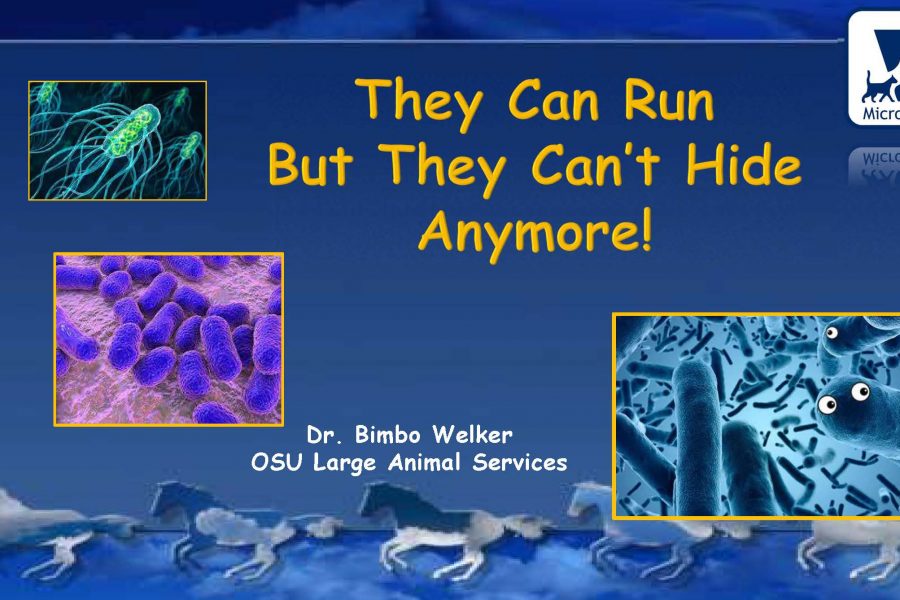By Cat Troiano
When you need to make a diagnosis and formulate a treatment plan for your animal patients, three things are crucial for patient healing and client satisfaction. Quick turnaround times on laboratory tests, the most complete and accurate test results and a cost-effective test method are what every veterinary practice needs for success. Such attributes can be elusive when it comes to traditional routine diagnostic testing, but Next Generation Sequencing provides them all.
What Is Next Generation Sequencing?
While the name may elicit science-fiction imagery, the biotechnology behind Next Generation Sequencing (NGS) is not a novel or futuristic concept. NGS is the latest incarnation of genome sequencing, a DNA analysis technique that was initially developed during the late 1970s. Genome sequencing is the process of generating a detailed profile of the composition of a strand of DNA. If you have ever sent a swab from your cheek to one of the popular ancestry research companies, the method used to reveal your family tree was a form of genome sequencing. Research advancements in recent years have rapidly propelled sequencing technology to benefit the human medical community, and now NGS is available for use in the veterinary field. NGS is now performed in medical laboratories to evaluate biofilm samples, enabling the following:
- Diagnosis of bacterial and fungal infections
- Identification of all microbes that are causing the infection
- Formulation of targeted treatment plans
- Evaluation of treatment progress
What makes NGS the better choice over traditional routine diagnostic tests for accomplishing these goals?
Complete and Precise Results
Many infections stem from biofilms, which are communities of multiple species of microbes. Cultures do not identify all of the species that make up biofilms. Cultured samples are also impacted if they are not stored at room temperature or are not delivered to the laboratory within two hours. Thus, cultures often miss pathogens, leading to the frustrating and unhelpful “no growth” result on the laboratory report. These false negatives also occur because less than one percent of microbial species actually grow when performing a culture.
NGS is revolutionary in that this biotechnology is the most advanced diagnostic test that can perform the DNA sequencing of more than 25,000 microbial species with 99 percent accuracy, regardless of how long it takes the sample to arrive at the laboratory or at what temperature it is stored. In addition to identifying the presence of all bacteria, fungi and other pathogens within the sample, the NGS test result also alerts you to the presence of any known antibiotic tolerant or resistant genes for these microbes. This thorough microbial identification provides a comprehensive and precise test result, which enables you to diagnose infections and confidently choose targeted treatment protocols that will be the most effective.
Faster Results
NGS is also referred to as massive parallel sequencing. This is a high-throughput method, which means that when the sample is analyzed, one test can sequence an extensive volume of DNA simultaneously. There is no waiting for microbes to grow, which can sometimes take weeks, as there is when performing a culture. In fact, within 24 hours, you will receive a rapid polymerase chain reaction (PCR) level one report that reveals the presence of certain common microbes. The more detailed NGS level two report, which has sequenced the sample’s DNA for thousands of additional microbial species and identified antibiotic resistances, is available to you within three to five business days. This faster diagnostic service lets you get on with treating your patients sooner and with effective targeted treatment choices, a combination that results in faster healing time and fewer instances of infection recurrence or antibiotic resistance. In some cases, implementing the correct treatment option can achieve healing times that are two to three times faster, and chronic infections can be healed once and for all.
Lower Costs
In order to identify different fungi, aerobes, anaerobes and other microbes through culturing, multiple tests must be performed. There is no one culture test that can identify all pathogens in a sample. For each additional culture that you order, you incur more costs, and your clients have to pay for more tests. Since NGS evaluates one sample for all pathogens, that means only one test needs to be performed, dramatically reducing diagnostic testing costs. NGS ensures that clients will no longer complain that they have already paid for tests that yielded no satisfactory results. Treatment costs are also reduced because you will be able to prescribe effective treatment options based on the results of the single NGS test. NGS eliminates trial and error rounds of various antibiotic treatments that prove ineffective.
All of these benefits make NGS the gold standard for accurate diagnosis and successful treatment of infections, including the following infections that rank among the ten most commonly diagnosed medical conditions in dogs and cats:
- Ear infections
- Periodontal disease
- Skin infections
- Bladder or urinary tract infection
NGS is exclusively available through MicroGen Vet to enhance the superior quality of care that your practice strives to provide. By increasing the success and decreasing the costs of diagnostic and treatment services, you will raise client satisfaction, confidence and compliance, and your animal patients as well as your practice will thrive.
Cat Troiano attended the State University of New York at Stony Brook, where she majored in liberal arts with an emphasis in social sciences. Her lifelong love of animals led her to employment at a veterinary hospital, and she continued to work as a veterinary assistant for 15 years. Cat also served as the cattery manager at a local no-kill animal shelter before she switched career paths to pursue freelance writing.
References
https://sites.psu.edu/stemcellhershey/2017/03/07/the-history-of-next-generation-sequencing-ngs/
https://sitn.hms.harvard.edu/flash/2010/issue74/
https://www.prnewswire.com/news-releases/most-common-medical-conditions-for-dogs-and-cats-300418097.html





